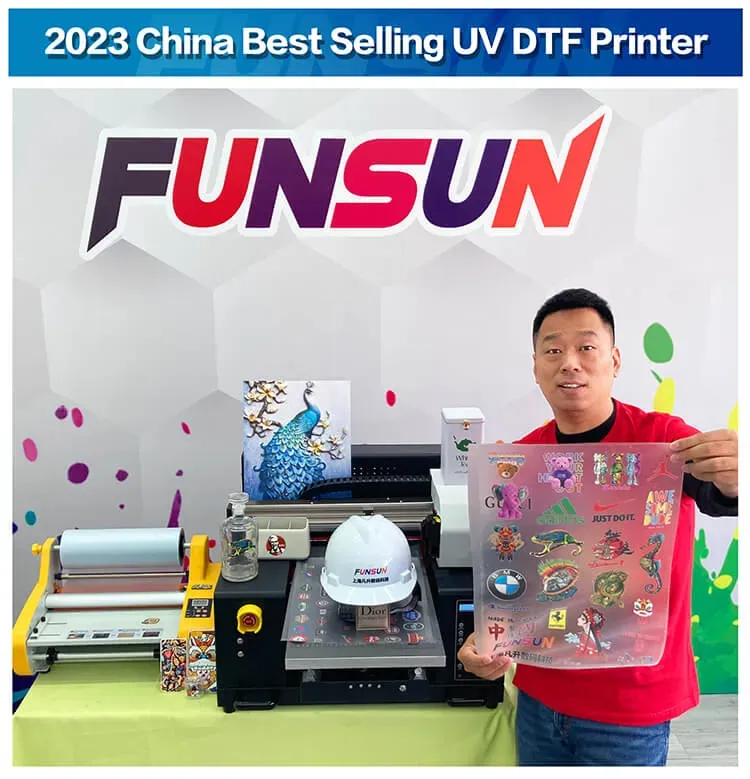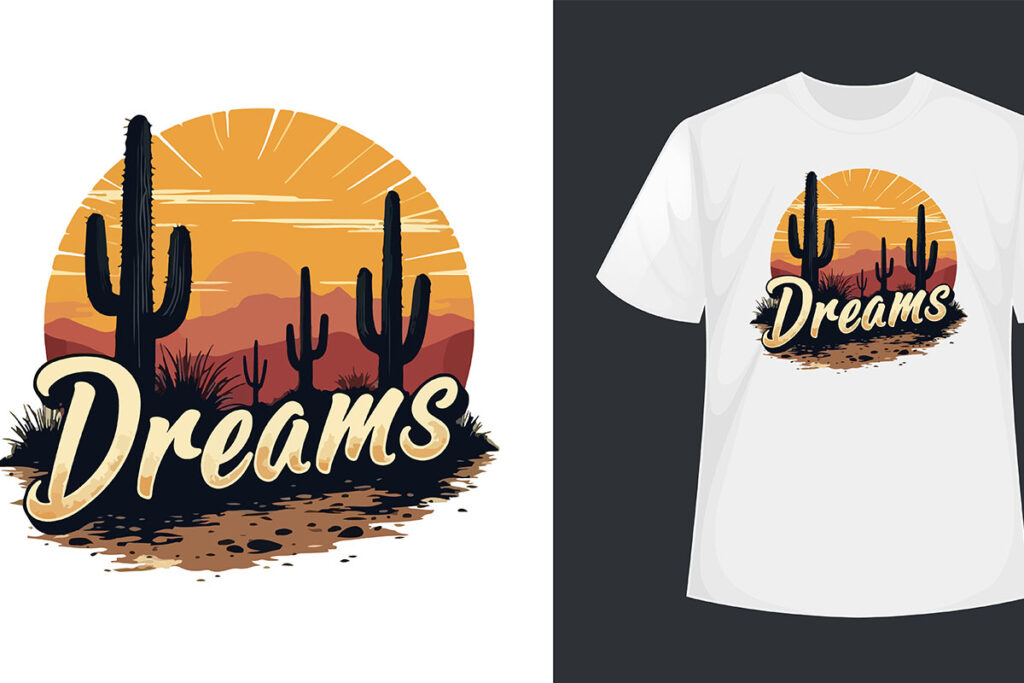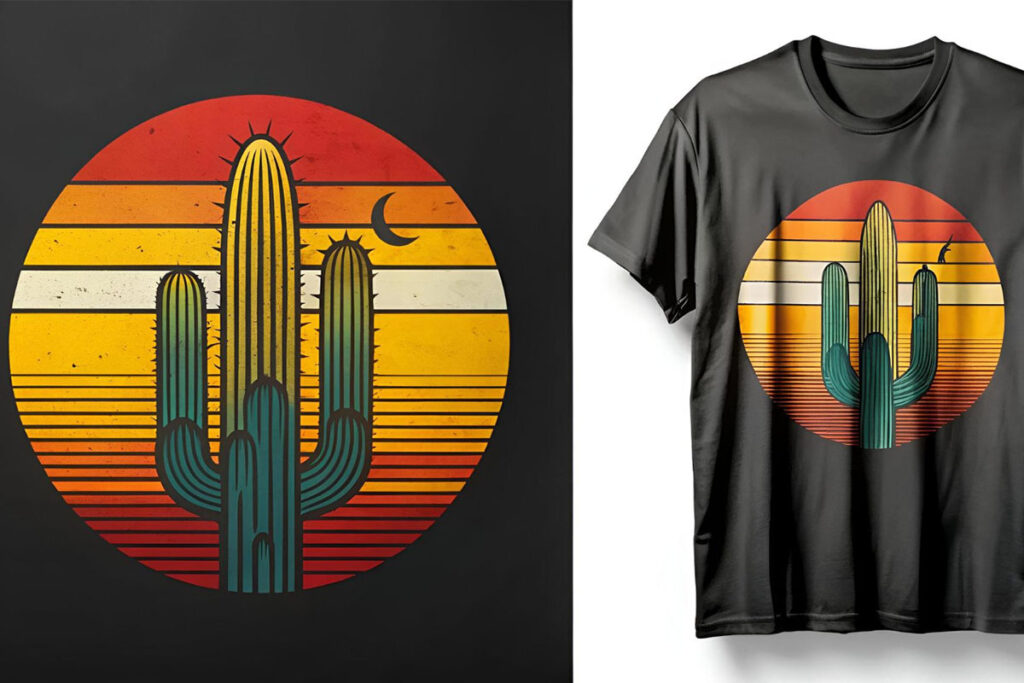UV DTF printing has revolutionized the printing landscape, providing unprecedented quality and durability in printed products. This innovative technique allows for vibrant images on a myriad of surfaces, making it a favorite among custom apparel makers and promotional product designers. By mastering key aspects such as DTF printing setup and understanding the best DTF films, users can enhance their creative projects significantly. This guide will not only illuminate essential UV printing tips but will also delve into critical processes like DTF print curing and the latest DTF adhesion techniques. Join us as we explore how to achieve the most stunning results with UV DTF printing.
Understanding the intricacies of Direct-to-Film (DTF) technology is essential for those looking to elevate their printing capabilities. Often referred to as UV transfer printing, this method harnesses UV light to bond ink to various substrates, creating long-lasting images. Whether you are familiar with typical transfer methods or are new to the field, leveraging the right film and mastering printer settings can lead to remarkable outcomes. This article aims to provide insights on effective techniques, including best practices for ensuring proper adhesion and curing during the DTF printing process. Embrace the future of printing as we guide you through the essentials of achieving impeccable results with this cutting-edge printing technique.
Understanding UV DTF Printing
UV Direct-to-Film (DTF) printing is an innovative technique that stands out in the realm of modern printing methods. Unlike traditional printing, UV DTF utilizes ultraviolet light to cure ink as it is printed, enabling it to adhere to a wide variety of surfaces. This ensures that the colors remain vibrant and are resistant to fading, making UV DTF a popular choice for custom applications such as apparel and promotional products. As the technology continues to evolve, printers are finding ways to enhance the output quality and efficiency of their operations.
Moreover, the beauty of UV DTF lies in its versatility. You can print on materials that range from conventional fabrics to unique substrates like wood, metal, and glass. This spectrum of compatibility not only broadens creative possibilities but also makes it a strong candidate for various industries, including fashion and product branding. Understanding the fundamentals of this printing process is critical for achieving consistent and high-quality results.
Setting Up for Successful DTF Printing
A proper DTF printing setup is the first step toward producing exceptional results in UV printing. Ensuring that your equipment is configured correctly will improve print quality and minimize waste. Start with your printer; it must be equipped with the right settings tailored for UV inks. If you are using DTF films specifically designed for UV applications, maximize their potential by adjusting factors like ink density and print resolution to meet the demands of your design.
Additionally, your workspace plays a vital role in the success of your prints. Keeping your environment clean and controlled will not only protect your materials from contaminants but also ensure consistent adhesion and curing of UV inks. If you have the right DTF printing setup, you will unlock the full potential of your UV DTF printing capabilities, ultimately leading to stunning finished products.
Best DTF Films for Enhanced Results
When it comes to UV DTF printing, choosing the right DTF films can significantly impact the final output. The best DTF films are specially designed for UV inks, which means they are engineered to provide optimal adhesion and color vibrancy. As a printer, it’s essential to research and source films that have proven performance records by connecting with suppliers and examining reviews from other professional users. Consider factors such as film thickness and coating, as thicker films typically offer better support for richer colors and sharper details.
Furthermore, testing various DTF films with your printer setup is crucial for determining which ones yield the best results. This trial-and-error approach can help identify the unique characteristics of each film, establishing compatibility with your specific ink and substrate. By investing time in finding the best DTF films for your projects, you’ll be setting the foundation for exceptional print quality.
Essential UV Printing Tips for Quality Results
Achieving high-quality results with UV DTF printing requires not only attention to detail but also the implementation of effective techniques. Some essential UV printing tips include using precise ink density settings which directly influence the vibrancy of your prints. Misconfiguration here can lead to muddled colors. Moreover, always adjust the print resolution according to the intricacies of your design, as higher DPI settings will be necessary for detailed graphics.
In addition to these settings, keeping abreast of the latest UV printing tips from professional communities can provide invaluable insights. Engaging in forums or attending webinars can reveal trends and best practices previously unknown. By staying informed and continuously tweaking your techniques, you will ensure that your UV DTF prints remain at the forefront of quality and creativity.
Mastering DTF Print Curing Techniques
Curing is one of the most critical processes in UV DTF printing, as it determines the durability and finish of the print. Properly curing your prints involves optimizing UV light exposure times and intensities based on the natural characteristics of the film and ink you are using. Failure to master DTF print curing can result in issues like smudging or peeling, compromising the integrity of your designs.
It’s equally important to monitor the environmental conditions during the curing phase. Factors like humidity and temperature can have dramatic impacts on curing efficiency. By maintaining an optimal environment, you’ll not only improve adhesion but also enhance the longevity of your prints. Effective DTF print curing techniques are essential for ensuring that each print stands the test of time.
Improving DTF Adhesion Techniques for Lasting Prints
Effective adhesion is paramount in DTF printing, as it directly influences how well the ink bonds to the substrate. Using suitable adhesive techniques can significantly improve the results. Firstly, it is crucial to choose an adhesive that is compatible with UV inks; a mismatched adhesive can lead to poor results and wasted materials. It’s advisable to conduct preliminary tests to find the right amount of adhesive for your specific application.
Beyond just the choice of adhesive, consider surface preparation as part of your adhesion techniques. Ensuring that your substrate is clean and free from dust or oil can enhance adhesion significantly. Applying DTF adhesion techniques meticulously will not only prevent issues down the line but also contribute to the overall aesthetics and reliability of your UV DTF prints.
Frequently Asked Questions
What are the essential DTF printing setup requirements for successful UV DTF printing?
For a successful UV DTF printing setup, you need a compatible UV printer, high-quality DTF films, and proper curing equipment. Ensuring your printer settings are calibrated correctly, such as ink density and resolution, is crucial for achieving vibrant and durable prints. Additionally, maintaining a clean workspace and carefully selecting the right substrates will enhance the overall printing results.
What UV printing tips can improve the quality of my UV DTF prints?
To improve the quality of your UV DTF prints, consider implementing these UV printing tips: use high-quality DTF films designed specifically for UV ink, adjust your printer’s color profiles for accurate color reproduction, and ensure proper curing temperatures are met. Regularly maintain your printer to avoid clogs and perform test prints to troubleshoot any issues before larger production runs.
How do I choose the best DTF films for UV DTF printing?
When selecting the best DTF films for UV printing, opt for films that are specifically designed for UV inks to ensure proper adhesion and print quality. Check reviews and seek recommendations from experienced printers. Additionally, consider the film’s thickness; thicker films typically yield richer colors and sharper details, improving the overall printing outcome.
What is the importance of proper DTF print curing in the UV DTF printing process?
Proper DTF print curing is vital in the UV DTF printing process as it ensures the inks bond effectively with the substrate, resulting in durable prints. Inadequate curing can lead to smudging and reduced longevity of the print. To achieve optimal curing, monitor UV exposure duration and intensity, adjusting based on the thickness of the print and ink types used.
What are the most effective DTF adhesion techniques for UV printing?
Effective DTF adhesion techniques for UV printing include using high-quality adhesive powders or sprays that are compatible with UV inks. It’s important to test the amount of adhesive used to ensure a strong bond without compromising the print’s finish. Additionally, surface preparation and selecting the right substrates play a crucial role in enhancing ink adhesion.
How can I maintain my UV DTF printer for optimal performance?
To maintain your UV DTF printer for optimal performance, implement a regular cleaning schedule for print heads and nozzles to prevent clogs. Periodically recalibrate your printer settings as needed, especially when changing films or substrates. Keeping the printing environment clean and controlled in terms of temperature and humidity will also contribute to consistent print quality.
| Key Tips for Successful UV DTF Printing | |
|---|---|
| Choose the Right Film | Select high-quality DTF films designed for UV printing with better adhesion and color quality. |
| Printer Settings | Adjust ink density, resolution, and color profiles to enhance print quality. |
| Temperature Control | Maintain optimal curing temperatures and a clean environment to ensure quality. |
| Use a Good Adhesive | Ensure compatibility with inks and perform tests for perfect adhesion. |
| Maintain Printer Cleanliness | Regular cleaning and calibration are essential for consistent results. |
| Test Print | Conduct test prints to foresee issues and adjust settings accordingly. |
| Proper Curing | Ensure proper UV light exposure and cooling periods to enhance durability. |
| Post-Processing | Utilize lamination and precise cutting for professional finishes. |
| Substrate Compatibility | Choose appropriate substrates and ensure proper surface preparation. |
| Stay Updated | Engage in industry discussions and network to keep up with trends. |
Summary
UV DTF printing represents a significant advancement in printing technology, offering exceptional detail and durability. By following the tips outlined above, you can maximize the quality of your prints and expand your creative possibilities. Mastering UV DTF printing techniques involves understanding the importance of selecting quality materials, maintaining proper printer settings, and staying informed about industry developments. With consistent practice and attention to detail, anyone can achieve remarkable results in UV DTF printing, satisfying both their creative vision and customer expectations.



